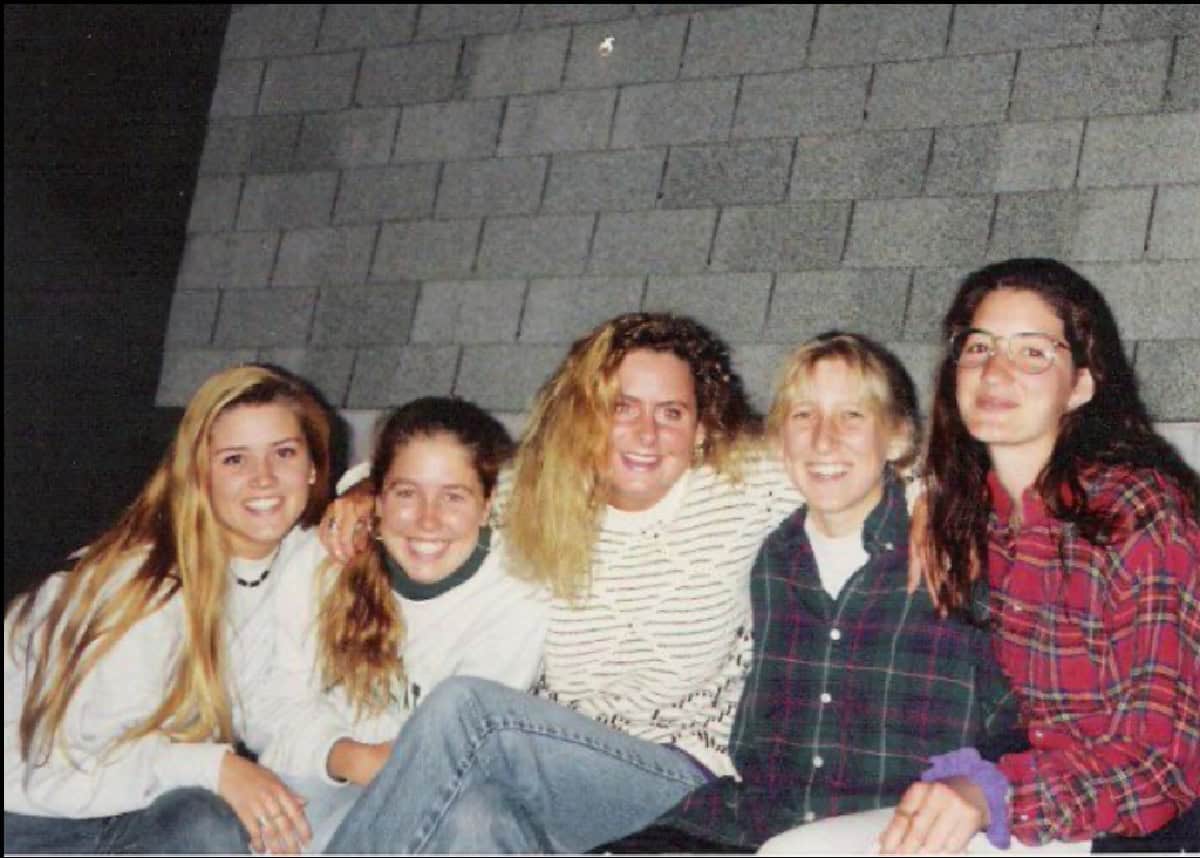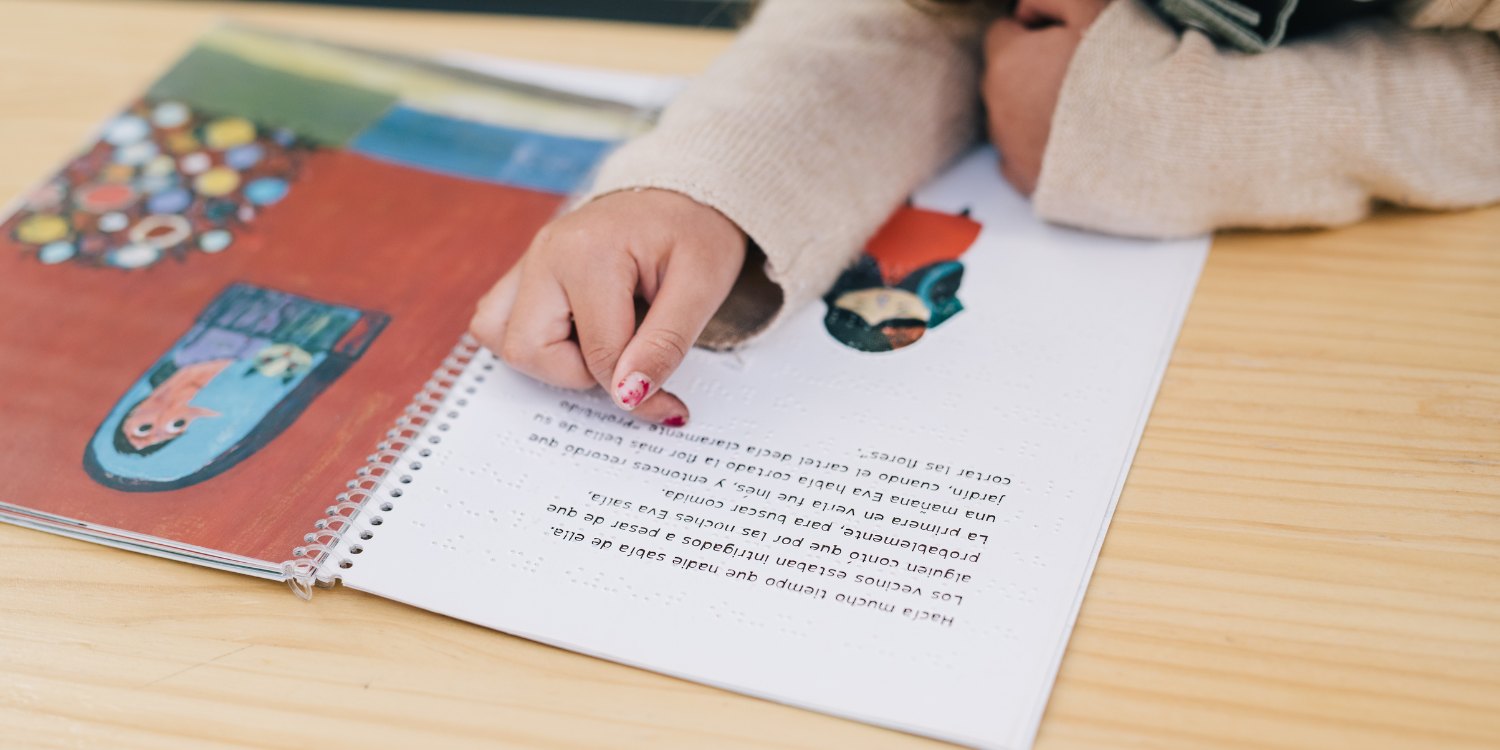Brooke Connell was diagnosed with fibrodysplasia ossificans progressiva (FOP) — an extremely rare bone disorder — in 2006, at the age of five years old. Her parents Carrie and Cameron initially noticed a mass on Brooke’s arm and took her to a nearby London, ON, hospital, where an ultrasound led her doctors to immediately suspect cancer.
“It was really chaotic,” recalls Carrie. “They did a lot of X-rays. They did bone scans and MRIs very quickly. We got excellent care. But all I can remember is Brooke crying: ‘It’s just a bump. I want to go home.’” When the oncology team wanted to do a biopsy on Brooke’s arm, it was Carrie who instead opted to consult an orthopaedic specialist. Fortunately, it was that same specialist who recognized the symptoms of FOP and said firmly that no, there would be no biopsy or surgery.
An ever-evolving treatment landscape
Carrie’s motherly instincts and advocacy saved Brooke from what would have surely been a catastrophic outcome. Any surgical procedure on a child with FOP can lead to out-of-control bone growth and further aggravation of their condition.
“There were so few resources on FOP at the time, so we were very fortunate to be in the right place at the right time,” says Carrie, a past president of the Canadian FOP Network. “Thankfully, that’s not the case anymore — awareness is increasing and prompt intervention is starting to translate into slower disease progression.”
“Medical advances have been extraordinary,” says Georgetown, ON-based general practitioner and past president of the Ontario Medical Association Dr. Nadia Alam. “The scientific and medical communities are doing amazing work. As we learn more about conditions like FOP, the way the medical community cares for these patients will change. That’s why it’s always worth it to nail down a diagnosis — because that’s when proper care can begin.”
A telltale sign of FOP overlooked
Even health care providers as eminently informed as Dr. Alam are constantly encountering new rare diseases for the first time. There’s a certain degree of luck involved in getting a child in front of a doctor who has the right knowledge and experience to make an accurate diagnosis.
As parents, though, we’re empowered to make our own luck. Brooke, it turns out, could potentially have been diagnosed even earlier if there had been broader awareness of FOP among pediatricians, nurses, and family doctors at the time of her birth.
“When Brooke was born, she had crossed toes,” Carrie reflects. “In the birthing suite, I remember a nurse asking me if anyone had talked to me about her toes. But in that moment, you’re so focused on a million other things. Nobody ever said anything again.”
The specific presentation of malformed big toes is a clear marker for FOP. These are the kind of things that an observant parent can calmly take note of over time, as part of a pattern of healthy concern.
A healthy dose of persistence
Thankfully, Brooke was able to receive proper care and enjoy a happy childhood and adolescence — going to school, having a boyfriend — because she was diagnosed early. Brooke is now 23 years old and is enrolled in a university honours program with a specialization in accounting. However, for many children with lesser-known conditions like FOP, the journey from first symptoms to diagnosis can take years as their diseases progress, often irreversibly.
There are thousands of rare diseases and no physician can possibly keep up with the diagnostic criteria for all of them, least of all a family physician already struggling with information overload and an ever-expanding scope of work.
“About 1 in 12 Canadians lives with a diagnosed — or yet to be diagnosed — rare condition,” notes Dr. Alam. “If a child comes in with back pain, I don’t immediately jump to Pompe disease or ankylosing spondylitis. They’re in the back of my mind, but they’re quite far down the diagnostic list purely based on prevalence alone.”
Of course, one unique feature or lagging milestone isn’t a cause for panic, but a diligent and conscientious awareness of this kind of detail is empowering when it comes to advocating for the prompt diagnosis and effective treatment of our children. If you’re concerned about something, mention it to your child’s doctor while exercising a healthy dose of persistence.
“It’s important to advocate for your children,” is Dr. Alam’s final word on the subject. “Don’t ever be afraid to speak up.”
If you think that you or a loved one might have FOP, make an appointment with your doctor to discuss your concerns and talk about moving forward with genetic testing. Visit FocusonFOP to download the Let’s Talk FOP discussion guide and to learn more.
The Canadian FOP Network (CFOPN) is a volunteer-run organization dedicated to raising awareness of, and research funds for, Canadians who live with fibrodysplasia ossificans progressiva (FOP). Visit cfopn.org to learn more.
Supported by Ipsen Biopharmaceuticals Canada Inc.

 PARENTING TIPS
PARENTING TIPS







 PREGNANCY
PREGNANCY








 BABY CARE
BABY CARE








 TODDLERS
TODDLERS








 TEENS
TEENS








 HEALTH CARE
HEALTH CARE








 ACTIVITIES & CRAFTS
ACTIVITIES & CRAFTS








 CONTACT
CONTACT ABOUT
ABOUT



